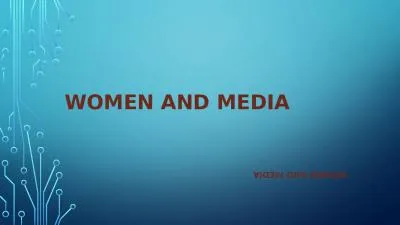PPT-For Podcasts and Other Media
Author : mitsue-stanley | Published Date : 2020-01-31
For Podcasts and Other Media Agenda Understand what a podcast is and its hardware and software requirements Learn the Audacity interface to record and modify audio
Presentation Embed Code
Download Presentation
Download Presentation The PPT/PDF document "For Podcasts and Other Media" is the property of its rightful owner. Permission is granted to download and print the materials on this website for personal, non-commercial use only, and to display it on your personal computer provided you do not modify the materials and that you retain all copyright notices contained in the materials. By downloading content from our website, you accept the terms of this agreement.
For Podcasts and Other Media: Transcript
Download Rules Of Document
"For Podcasts and Other Media"The content belongs to its owner. You may download and print it for personal use, without modification, and keep all copyright notices. By downloading, you agree to these terms.
Related Documents

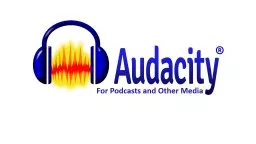
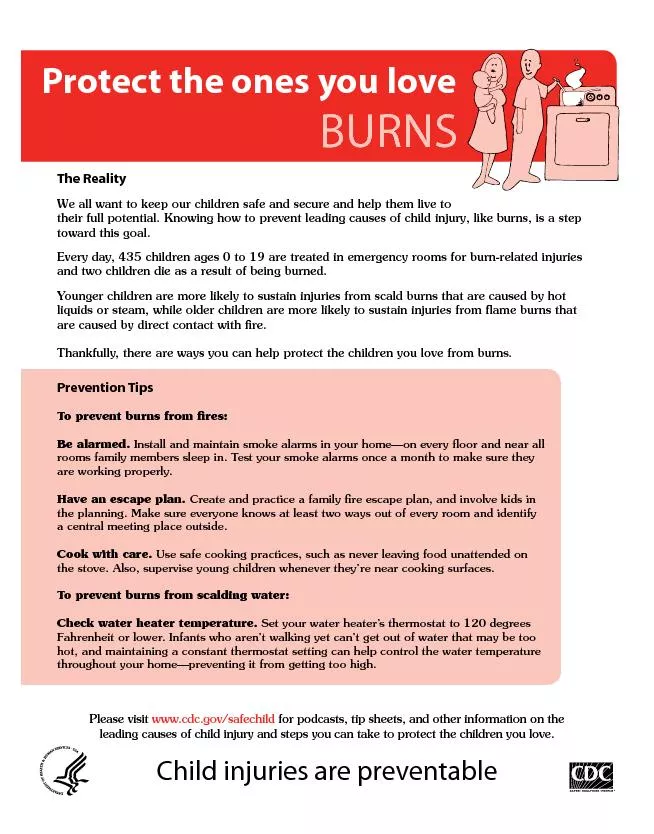
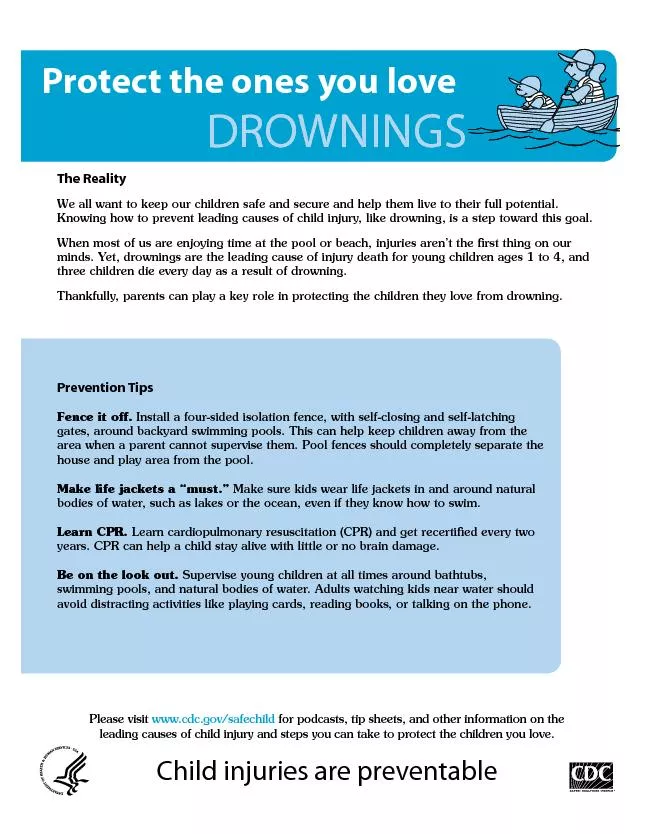
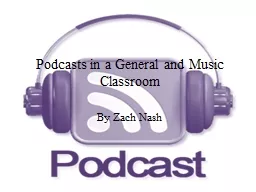
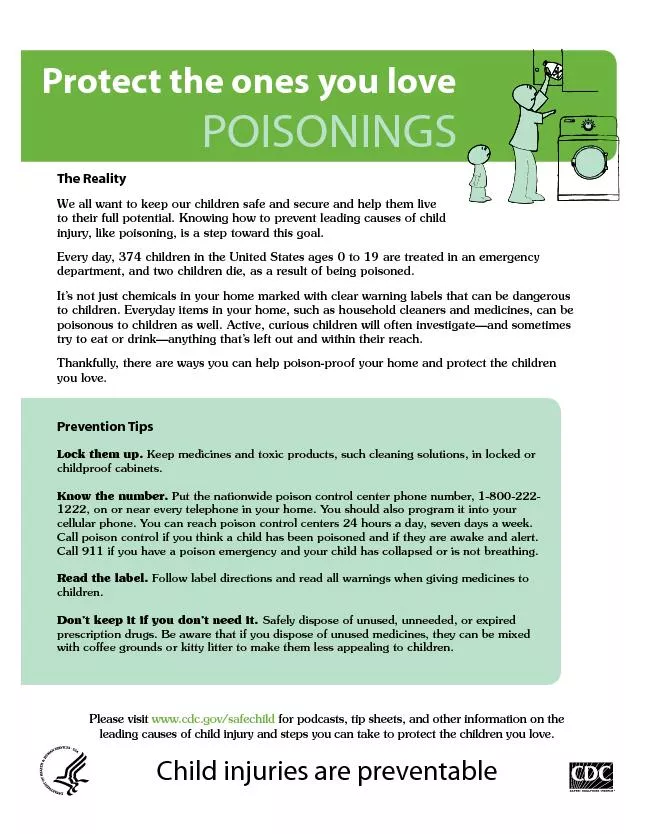
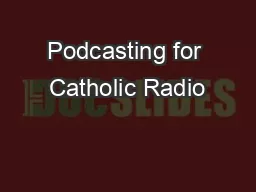
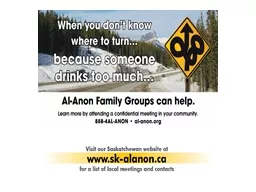
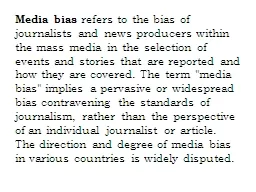

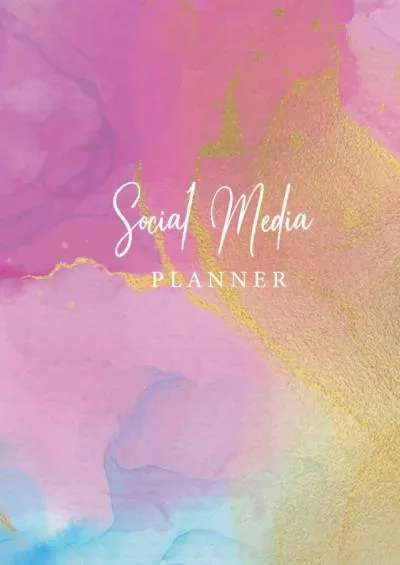
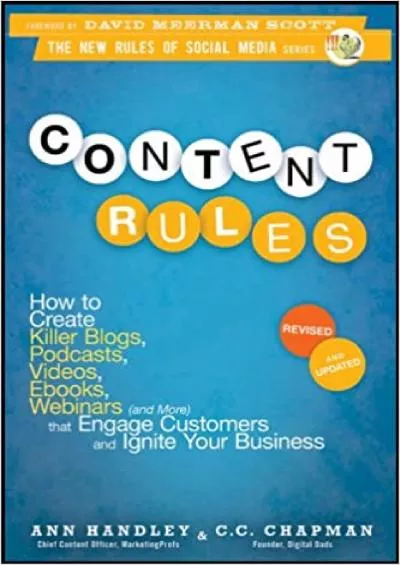
![[eBOOK]-iPad Pro: The Beginners, Kids and Expert Guide to iPad Pro 12.9 and Other VersionsThe](https://thumbs.docslides.com/986997/ebook-ipad-pro-the-beginners-kids-and-expert-guide-to-ipad-pro-12-9-and-other-versionsthe-beginners-kids-and-expert-guide-to-ipad-pro-12-9-and-other-versions-the-user-manual-like-no-other.jpg)

